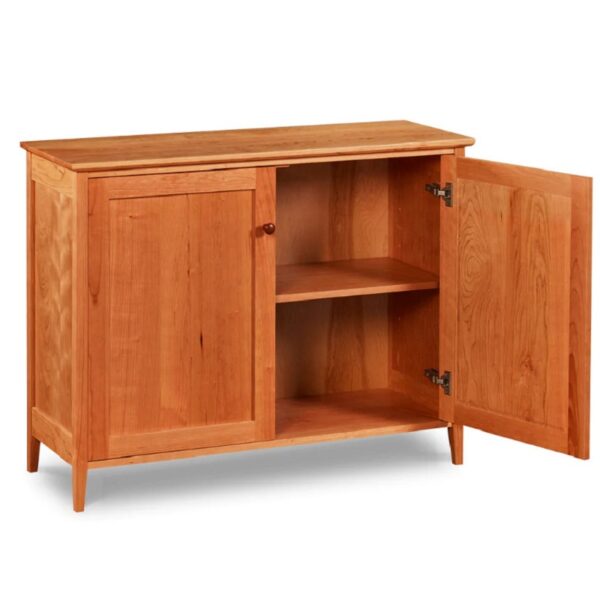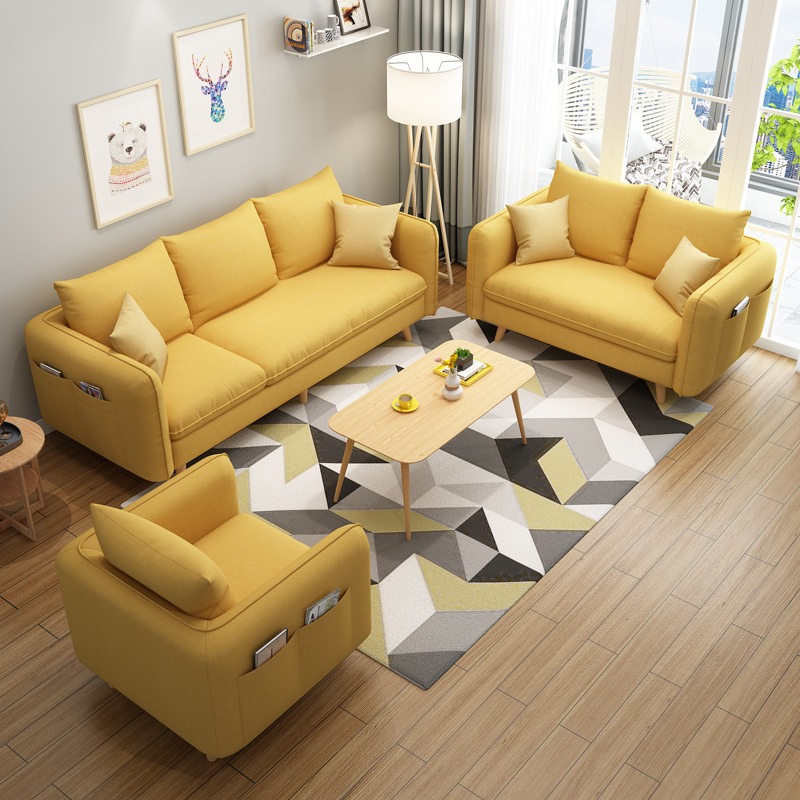China furniture and arts have long captivated the world with their intricate designs, rich history, and unparalleled craftsmanship. From intricately carved wooden furniture to vibrant porcelain pieces, these creations reflect centuries of cultural heritage and artistic innovation. As we delve into this fascinating realm, discover how these timeless treasures continue to influence global interior design trends and inspire collectors worldwide. This article explores the origins, evolution, and enduring appeal of Chinese furniture and art, offering insights into why they remain coveted items in modern homes.
The allure of China furniture and arts lies in their ability to blend functionality with elegance. Each piece tells a story of meticulous craftsmanship passed down through generations, reflecting the values and traditions of ancient China. Today, these artifacts are not only admired for their aesthetic beauty but also for their historical significance, making them valuable additions to any collection. By understanding the techniques and materials used in their creation, enthusiasts can appreciate the depth and complexity behind each masterpiece.
As global interest in China furniture and arts continues to grow, so does the demand for authentic pieces that capture the essence of traditional Chinese culture. Modern designers and collectors alike seek out these treasures, recognizing their ability to enhance living spaces while preserving cultural heritage. In this article, we will explore the key aspects of Chinese furniture and art, from their historical roots to contemporary applications, providing readers with a comprehensive guide to navigating this rich and diverse field.
Read also:Downloadhub Your Ultimate Destination For Entertainment And Software Downloads
What Makes China Furniture and Arts So Unique?
When considering the distinctiveness of China furniture and arts, several factors stand out. First, the use of natural materials such as wood, bamboo, and porcelain plays a crucial role in defining their character. These materials are carefully selected and treated to ensure durability and beauty, resulting in pieces that withstand the test of time. Additionally, the incorporation of symbolic motifs and intricate carvings adds layers of meaning to each creation, enhancing their cultural significance and artistic value.
Another aspect that sets China furniture and arts apart is the emphasis on balance and harmony in design. Traditional Chinese aesthetics prioritize symmetry and proportion, creating pieces that exude tranquility and sophistication. This approach resonates with contemporary design principles, making Chinese furniture and art timeless additions to any interior space. By embracing these design elements, modern creators can draw inspiration from ancient traditions while infusing them with fresh perspectives.
How Has the Evolution of China Furniture and Arts Influenced Modern Design?
The journey of China furniture and arts through the ages has left an indelible mark on modern design practices. From the minimalist lines of Ming dynasty furniture to the elaborate ornamentation of Qing dynasty pieces, each era has contributed unique characteristics that continue to inspire today's designers. The fusion of traditional techniques with innovative approaches has resulted in a dynamic blend of old and new, offering endless possibilities for creative expression.
Moreover, the global exchange of ideas has expanded the reach of China furniture and arts, introducing them to diverse audiences and fostering cross-cultural appreciation. As more people discover the beauty and functionality of these artifacts, they incorporate them into their living spaces, creating harmonious environments that celebrate cultural diversity and artistic excellence. This growing recognition highlights the universal appeal of Chinese craftsmanship and its enduring influence on the world stage.
Why Should You Invest in Authentic China Furniture and Arts?
Investing in authentic China furniture and arts offers numerous benefits beyond mere aesthetic enhancement. These pieces serve as tangible connections to history, providing insights into the cultural and social contexts in which they were created. Owning an original piece allows individuals to become custodians of heritage, preserving the legacy of skilled artisans and contributing to the preservation of traditional craftsmanship.
- Authentic pieces appreciate in value over time, making them wise investments for collectors.
- They add character and depth to interior spaces, creating focal points that spark conversation and admiration.
- By supporting artisans and organizations dedicated to preserving traditional techniques, buyers help sustain cultural heritage for future generations.
Discovering the Origins of China Furniture and Arts
To fully appreciate the significance of China furniture and arts, it is essential to understand their origins. Tracing back to ancient civilizations, these creations have evolved alongside Chinese society, reflecting changes in lifestyle, technology, and artistic expression. From the early Neolithic period to the dynastic eras, each era introduced new innovations and styles that shaped the trajectory of Chinese craftsmanship.
Read also:Discovering Wmc Tv 5 Memphis Your Ultimate Guide To Local News And Entertainment
What Are the Key Materials Used in China Furniture and Arts?
The choice of materials in China furniture and arts plays a pivotal role in defining their quality and longevity. Hardwoods such as rosewood, teak, and mahogany are favored for their strength and resilience, while softer woods like pine and fir are used for more delicate pieces. Porcelain, jade, and lacquer further expand the range of materials employed, each contributing unique textures and finishes that enhance the visual appeal of these artifacts.
How Do Symbolic Motifs Enhance the Meaning of China Furniture and Arts?
Symbolism is deeply embedded in China furniture and arts, with various motifs conveying messages of good fortune, prosperity, and longevity. Dragons, phoenixes, and peonies are among the most popular symbols, representing power, grace, and beauty, respectively. By incorporating these elements into their designs, artisans infuse their creations with layers of meaning, creating pieces that resonate on both aesthetic and emotional levels.
Where Can You Find Genuine China Furniture and Arts?
For those eager to acquire genuine China furniture and arts, several avenues exist. Reputable galleries, auctions, and specialized dealers offer curated collections that guarantee authenticity and provenance. Additionally, online platforms catering specifically to Chinese antiques and collectibles provide convenient access to rare and exquisite pieces. When purchasing, always verify credentials and seek expert advice to ensure the legitimacy of your acquisition.
Can Modern Designers Successfully Integrate China Furniture and Arts Into Contemporary Spaces?
Absolutely! Modern designers have demonstrated remarkable success in integrating China furniture and arts into contemporary settings, blending traditional elements with cutting-edge aesthetics. By carefully selecting pieces that complement existing decor and functionality, designers create cohesive environments that honor cultural heritage while embracing modern sensibilities. This fusion of old and new not only enhances visual appeal but also fosters deeper connections to cultural roots.
Conclusion: Embracing the Legacy of China Furniture and Arts
In conclusion, China furniture and arts represent a rich tapestry of history, craftsmanship, and cultural significance. Their ability to transcend time and geography underscores their universal appeal, making them cherished treasures for collectors and enthusiasts worldwide. By exploring the origins, evolution, and applications of these artifacts, we gain a deeper appreciation for the artistry and dedication that define this extraordinary field. As we continue to celebrate the legacy of China furniture and arts, let us embrace the opportunities they present to enrich our lives and preserve our shared heritage.
Table of Contents
- What Makes China Furniture and Arts So Unique?
- How Has the Evolution of China Furniture and Arts Influenced Modern Design?
- Why Should You Invest in Authentic China Furniture and Arts?
- Discovering the Origins of China Furniture and Arts
- What Are the Key Materials Used in China Furniture and Arts?
- How Do Symbolic Motifs Enhance the Meaning of China Furniture and Arts?
- Where Can You Find Genuine China Furniture and Arts?
- Can Modern Designers Successfully Integrate China Furniture and Arts Into Contemporary Spaces?
- Conclusion: Embracing the Legacy of China Furniture and Arts


